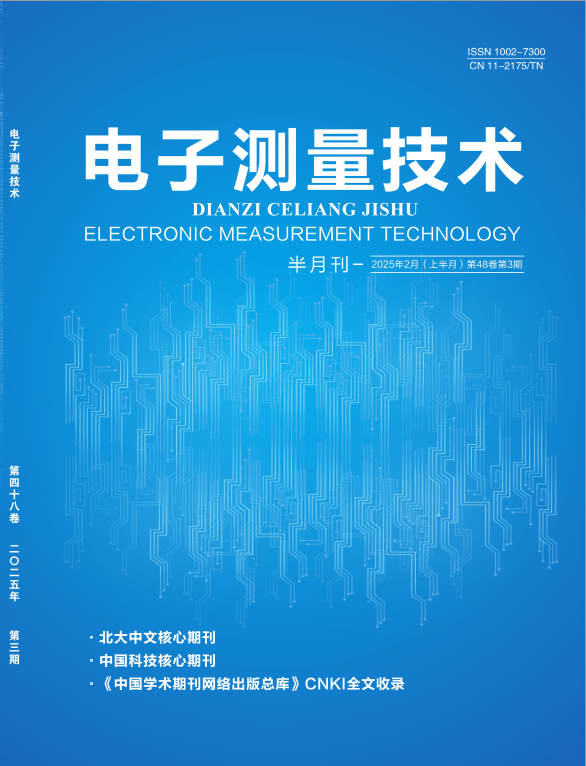2023, 46(20):120-127.
Abstract:The randomness of sample selection during the construction of traditional random forest model leads to a large number of decision tree classifiers with low classification accuracy and similar classification performance in random forest, which affects the accuracy and efficiency of the overall random forest model classification. In order to improve the accuracy and efficiency of random forest model in point cloud classification, a random forest algorithm based on feature importance weighted voting was proposed. Firstly, decision trees with low classification accuracy and similar classification performance are eliminated from the aspects of classification accuracy and inconsistency measurement of decision trees. Secondly, the voting weight of each decision tree is calculated based on the similarity between random forest and decision tree feature importance. In this paper, three sets of densely matched point clouds are taken as examples to compare the improved stochastic forest classification model with the traditional stochastic forest, support vector machine classifier (SVM), neural network and decision tree. The experiments show that the improved random forest classification algorithm is 0.20%, 15.159%, 5.893%, 6.316% and 28.935% higher than the traditional random forest, support vector machine, decision tree, neural network and point-based feature classification method, respectively. In terms of classification efficiency, the improved random forest classification algorithm takes about 75% less time than the traditional random forest.
